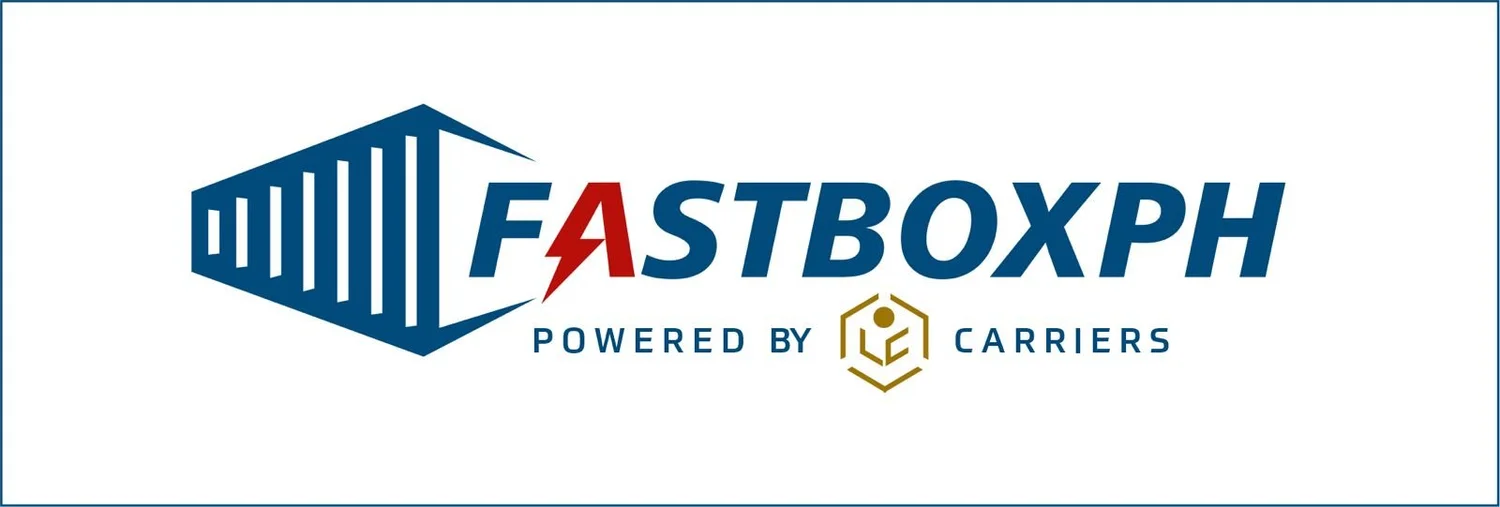Micro, LCL, or FCL? Choosing the Right Shipping Option From Australia
When importing goods from Australia to the Philippines, one of the most important decisions you’ll make is choosing the right shipping method. Your choice impacts cost, delivery time, and efficiency — so it pays to understand your options. Here’s a simple guide to help you decide between micro shipments, LCL (Less-than-Container Load), and FCL (Full Container Load).
1. Micro Shipments: Best for Small Quantities
If you’re a small business or testing the market, micro shipments are ideal. These are typically packages or parcels that weigh under a certain limit (often under 50kg) and can be shipped via air or sea.
Advantages:
✅ Fast and flexible — can go via courier or consolidated cargo
✅ Low upfront cost — no need to fill a container
✅ Ideal for samples, prototypes, or e-commerce orders
When to choose micro shipments:
When your goods are lightweight and time-sensitive.
When testing a new supplier or product.
For personal effects or gifts.
2. LCL (Less-than-Container Load): Best for Moderate Volumes
LCL means you share a container with shipments from other importers. This is perfect for businesses with moderate volume — too much for micro but not enough to fill a full container.
Advantages:
✅ More economical than air freight for mid-sized loads
✅ Flexible — you pay only for the space you use
✅ Great for businesses growing their imports gradually
When to choose LCL:
When your goods fill between 1–15 cubic meters.
When you can wait a bit longer compared to air freight.
When cost-saving is a priority over speed.
3. FCL (Full Container Load): Best for Large Volumes
FCL means you book an entire container exclusively for your goods. Containers come in sizes like 20-foot and 40-foot.
Advantages:
✅ Lower cost per unit for high-volume shipments
✅ Faster than LCL because there’s no need to consolidate/deconsolidate
✅ Secure — your goods aren’t mixed with others
When to choose FCL:
When you have enough goods to fill a container.
When you’re shipping bulky or heavy products.
When you want better control and security over your shipment.
Comparison Table: Micro vs. LCL vs. FCL
Table comparing features of the different shipping options.
FAQs About Shipping Options
Q1: Is air freight considered a micro shipment?
Yes — most micro shipments go by air for speed and convenience.
Q2: Can I upgrade from LCL to FCL later?
Absolutely. As your business grows, your shipping method can evolve.
Q3: Is FCL always cheaper than LCL?
Per unit, yes — but only if you fill most of the container.
Q4: How do I calculate how much space I need?
Your freight forwarder can help measure your goods’ total volume in cubic meters.
Q5: Can I mix products in FCL?
Yes — as long as they’re properly documented and allowed together by customs.
Final Thoughts: Choose What Fits Your Needs
Your choice depends on your volume, budget, and urgency. For small shipments, micro or LCL makes sense. For high volumes, FCL offers better value. At FastboxPh, we help you choose the best option based on your unique situation — so your goods arrive efficiently and cost-effectively.

